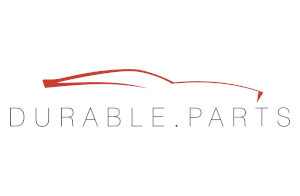As automobiles continue to advance technologically, they also become more complex. The car’s suspension system has evolved significantly since the invention of the wheel. Smooth driving and safety are the primary functions of suspension parts, and the use of polyurethane parts in vehicle suspensions enhances their characteristics. This results in improved driving control, reduced response time, sharper steering, reduced body roll during cornering, and increased stability in the suspension geometry. All of these factors have a positive impact on driving safety and comfort.
Polyurethane’s characteristics remain stable across a wide temperature range, and its high endurance allows polyurethane parts to be suitable for various climatic conditions. This leads to longer intervals between replacements and reduced costs associated with suspension repair and maintenance.
Proper selection and professional installation of parts are key factors in ensuring the long and trouble-free operation of your vehicle’s suspension. For more information about the materials used, please refer to the specifications below.
| Physical and mechanical properties | Polyurethane | Rubber |
| Operating temperature | – 76° F, + 248° F | – 31° F, + 302° F |
| Hardness under Shor, scale А | 65 – 95 | 65 – 80 |
| Rebound elasticity | 40% | 30% |
| Modulus of elasticity for tension 100% | 2.5 МPа | 1.2 МPа |
| Breaking point for tension | 350 kg/сm22 | 110 kg/сm22 |
| Elongation at break | 540% | 200% |
| Strength for tear, method С, N/mm | 50 | 20 |
| Abrasion resistance, scraper H22 | 10 | 2 |
Polyurethane (PU) is a polymer known for its unique properties, making it a widely chosen material for manufacturing parts designed to endure highly challenging operating conditions. While polyurethane is associated with a higher cost and a more intricate manufacturing process, it finds its primary application in extremely demanding conditions where the use of rubber would be impractical due to its shorter service life and inferior operational characteristics.
Recent advancements in chemistry have enabled the customization of polyurethane for specific industrial purposes. Suspension bushings serve as prominent examples of PU’s application in the automotive industry. PU components excel at withstanding heavy alternating loads in harsh operating environments, maintaining their characteristics over many years.

